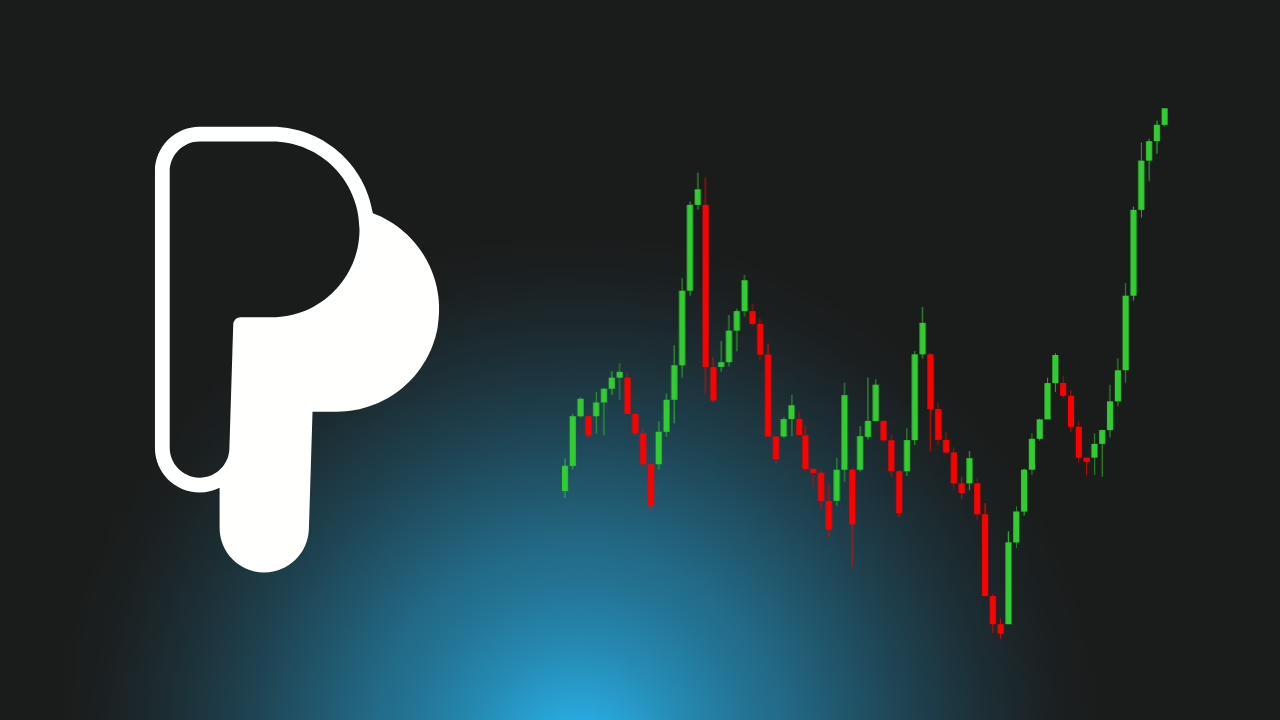A strangle is a neutral options strategy that involves simultaneously buying both an out-of-the-money (OTM) call option and an out-of-the-money (OTM) put option on the same underlying asset, with the same expiration date but different strike prices. It’s another volatility-based strategy, similar to a straddle, that aims to profit from a significant price movement in the underlying asset, regardless of the direction (either a large increase or a large decrease), before the options expire.
Core Concept:
The core idea behind a strangle is to bet on a substantial price swing in the underlying asset that exceeds the combined cost of the two OTM options. Because the strike prices are further away from the current market price compared to a straddle, the initial cost of establishing a strangle is typically lower. However, this also means that a larger price movement is required for the position to become profitable.
Construction of a Strangle:
A strangle is created by executing two simultaneous transactions:
- Buying one out-of-the-money (OTM) call option: This gives the buyer the right, but not the obligation, to buy the underlying asset at a strike price above the current market price.
- Buying one out-of-the-money (OTM) put option: This gives the buyer the right, but not the obligation, to sell the underlying asset at a strike price below the current market price.
Both options must have the same underlying asset and the same expiration date. The strike prices are chosen to be equidistant or at varying distances away from the current market price.
Net Debit:
Establishing a strangle always results in a net debit, as the investor pays a premium for both the call and the put options. This total premium paid represents the maximum potential loss of the strategy. Since the options are out-of-the-money, the total premium paid for a strangle is typically lower than that of an at-the-money straddle.
Profit and Loss Profile:
The profit and loss diagram of a strangle resembles a “V” shape, but wider than a straddle, with the lowest point between the two strike prices (representing the maximum loss).
-
Maximum Potential Loss: Limited to the total premium paid for both the call and the put options. This occurs if the price of the underlying asset expires between the strike prices of the put and the call. In this scenario, both options expire worthless as they are out-of-the-money.
-
Maximum Potential Profit: Theoretically unlimited on the upside (from the call option) and limited to the put strike price minus the total premium paid on the downside (from the put option, as the asset price can’t go below zero).
-
Breakeven Points: There are two breakeven points for a strangle:
- Upper Breakeven: Call strike price plus the total premium paid. The underlying asset’s price needs to rise above this point for the strangle to become profitable on the call side at expiration.
- Lower Breakeven: Put strike price minus the total premium paid. The underlying asset’s price needs to fall below this point for the strangle to become profitable on the put side at expiration.
Example:
Suppose Stock XYZ is trading at $50. You buy one XYZ $55 call option for a premium of $1.50 per share and one XYZ $45 put option for a premium of $1.00 per share, both with the same one-month expiration.
- Total Premium Paid (Maximum Loss): $1.50 + $1.00 = $2.50 per share (or $250 for one contract of each).
- Upper Breakeven: $55 (call strike) + $2.50 (total premium) = $57.50.
- Lower Breakeven: $45 (put strike) – $2.50 (total premium) = $42.50.
To make a profit at expiration, the price of XYZ must be above $57.50 or below $42.50. If XYZ expires between $45 and $55, both options expire worthless, and you lose the $2.50 premium.
Why Use a Strangle?
- Expectation of High Volatility with Lower Initial Cost: Similar to a straddle, the primary reason is the anticipation of a significant price swing. However, the out-of-the-money strikes make the initial cost (total premium) lower than an at-the-money straddle.
- Non-Directional Strategy: You profit from a large price movement in either direction.
- Defined Maximum Loss: The maximum potential loss is limited to the total premium paid.
- Wider Breakeven Points: Compared to a straddle with the same expiration, a strangle has wider breakeven points, requiring a larger price movement to become profitable.
Key Considerations:
- Time Decay (Theta): Time decay works against a strangle. As the expiration date approaches, the time value of both the call and the put options erodes. The underlying asset needs to move significantly and quickly enough to offset this decay.
- Volatility (Vega): Strangles are positively correlated with volatility. An increase in implied volatility generally increases the value of both the call and the put options, which is beneficial for a long strangle. Conversely, a decrease in volatility can hurt the position.
- Larger Price Movement Required for Profitability: Because the strike prices are out-of-the-money, a more substantial price change is needed to move beyond the breakeven points compared to a straddle.
- Lower Probability of Profit (Potentially): While the initial cost is lower, the requirement for a larger price movement might translate to a lower probability of achieving profitability by expiration compared to a straddle.
Managing a Strangle:
- Taking Profits Early: If the underlying asset makes a significant move relatively quickly, you might consider closing out both legs of the strangle to lock in profits before time decay accelerates.
- Managing the Individual Legs: Similar to a straddle, traders might manage the call and put legs separately.
- Rolling the Strangle: If the expiration date is approaching and the price hasn’t moved sufficiently, you might consider “rolling” the strangle by closing the existing positions and opening new ones with a later expiration date or different strike prices, although this involves paying additional premiums.
Similar Strategies:
- Straddle: Uses at-the-money call and put options with the same strike price and expiration. It’s more expensive to establish but requires a smaller price movement to become profitable.
- Short Strangle: Involves selling both an out-of-the-money call and an out-of-the-money put with the same expiration. This strategy profits from low volatility but has potentially unlimited risk.
In Conclusion:
A strangle is a non-directional options strategy that allows investors to profit from significant price volatility in an underlying asset with a lower initial cost than a straddle. By simultaneously buying out-of-the-money call and put options, the trader establishes a position with a defined maximum loss and theoretically unlimited profit potential (on the call side). However, the strategy requires a larger price movement to become profitable due to the out-of-the-money strikes, and it is also sensitive to time decay and volatility. Understanding these characteristics is crucial for effectively utilizing the strangle strategy.




